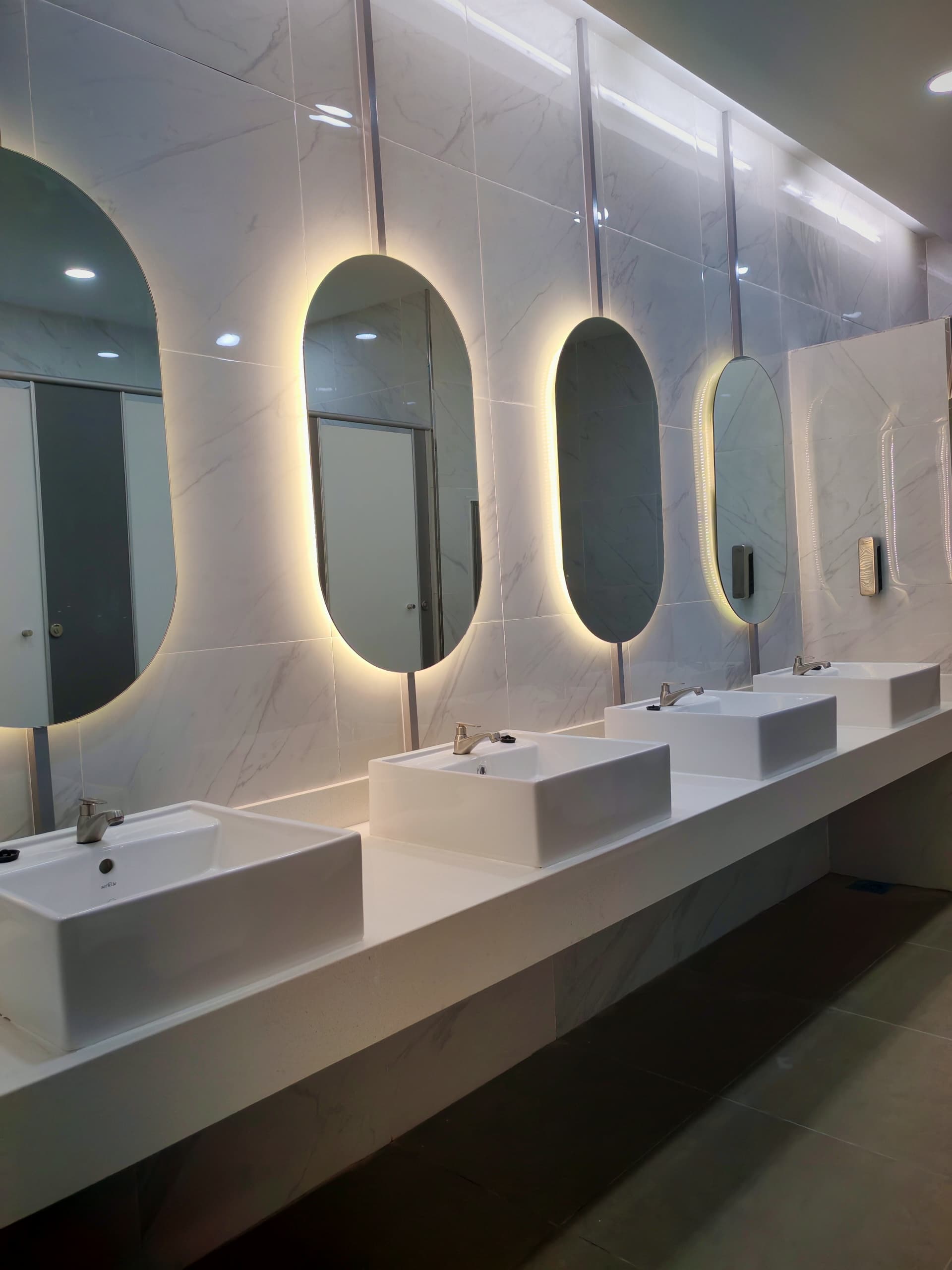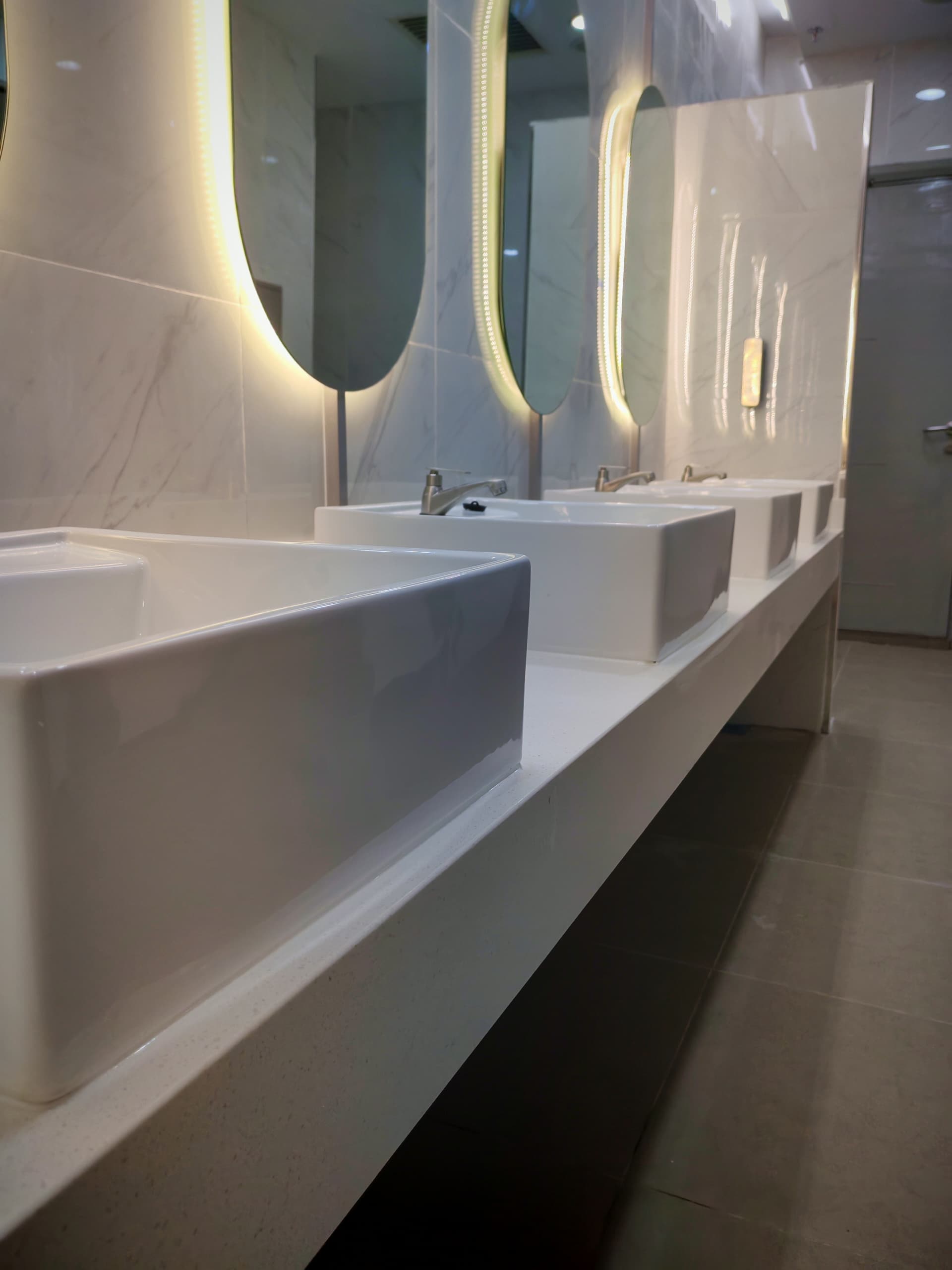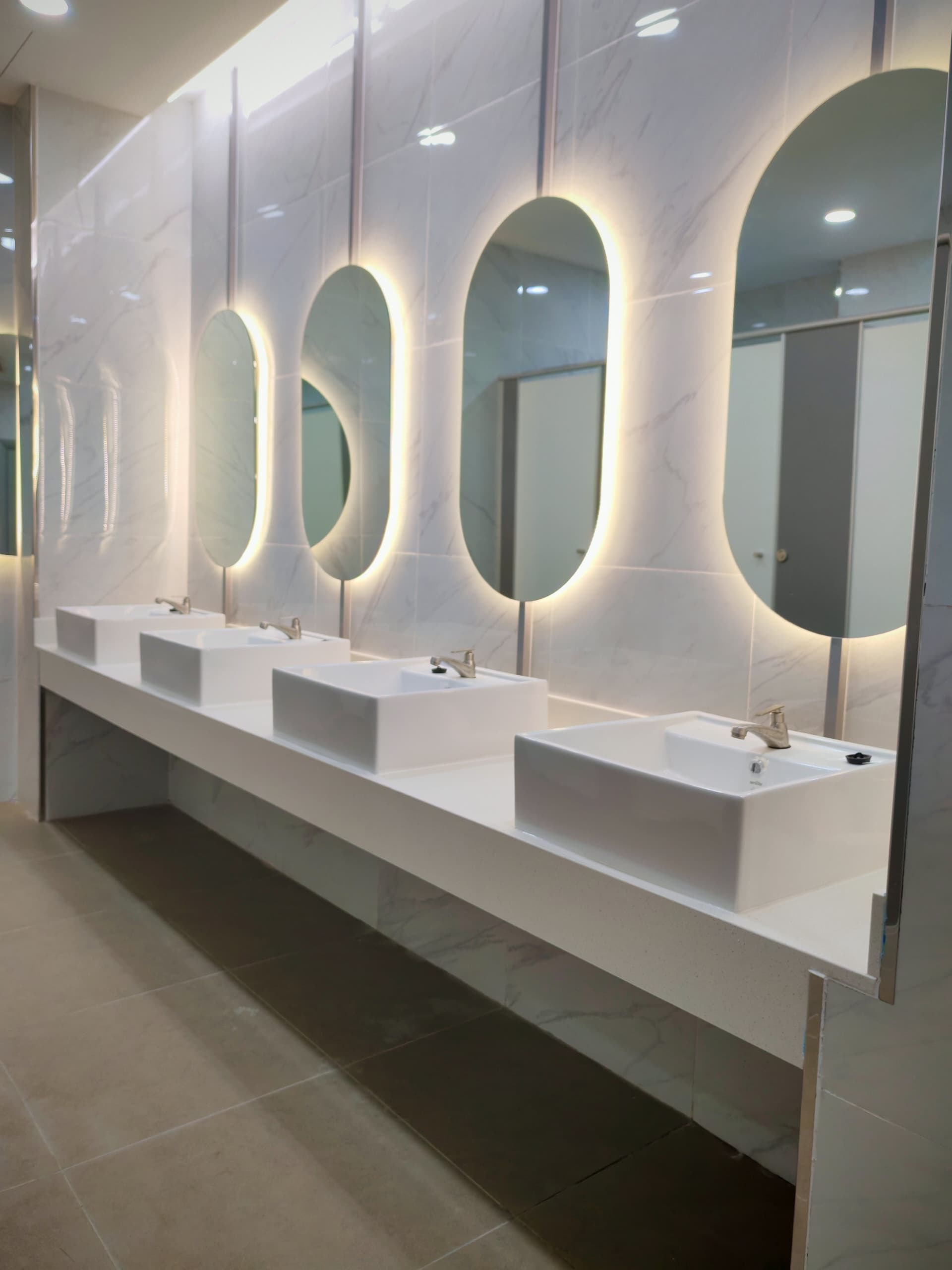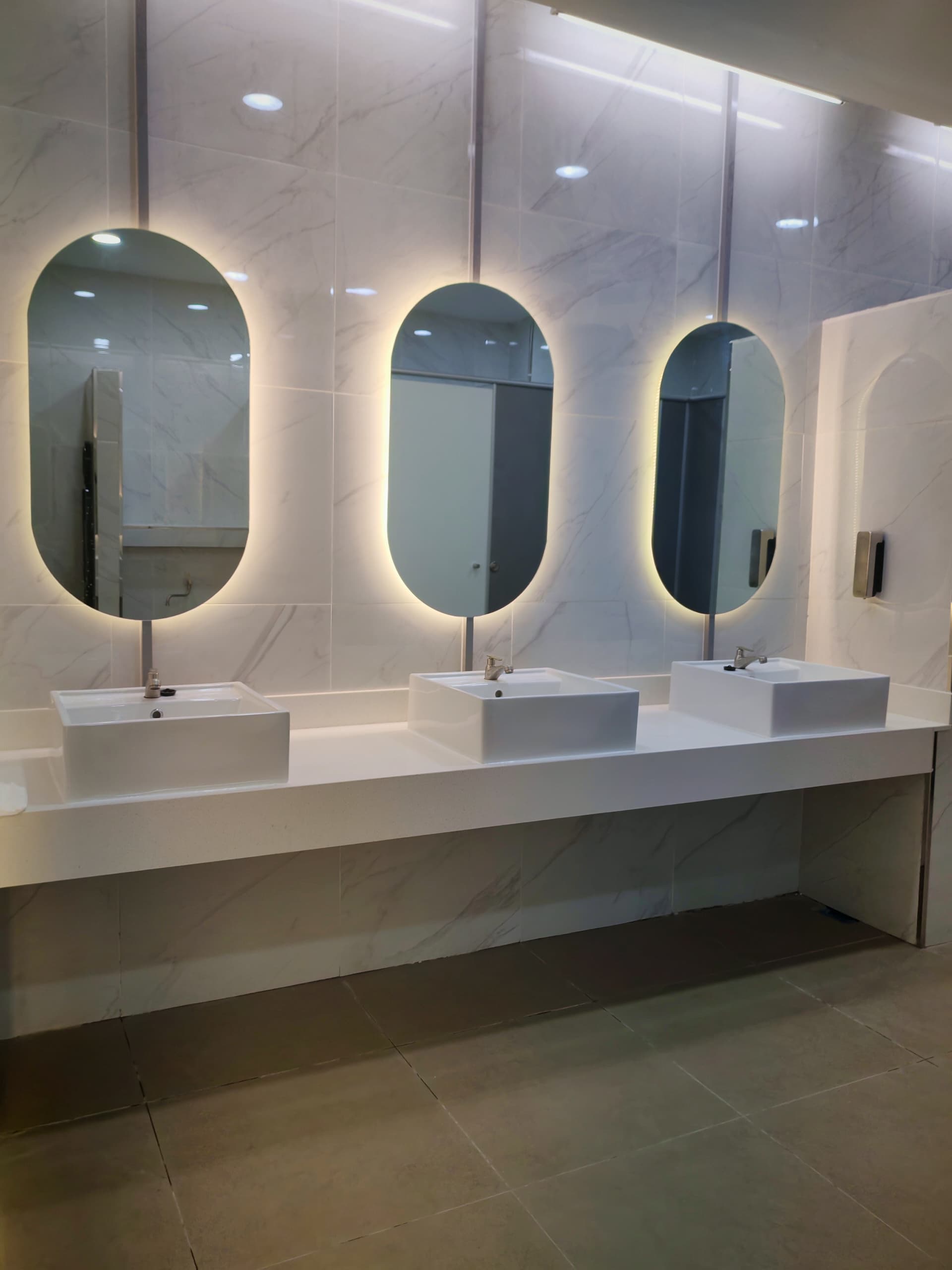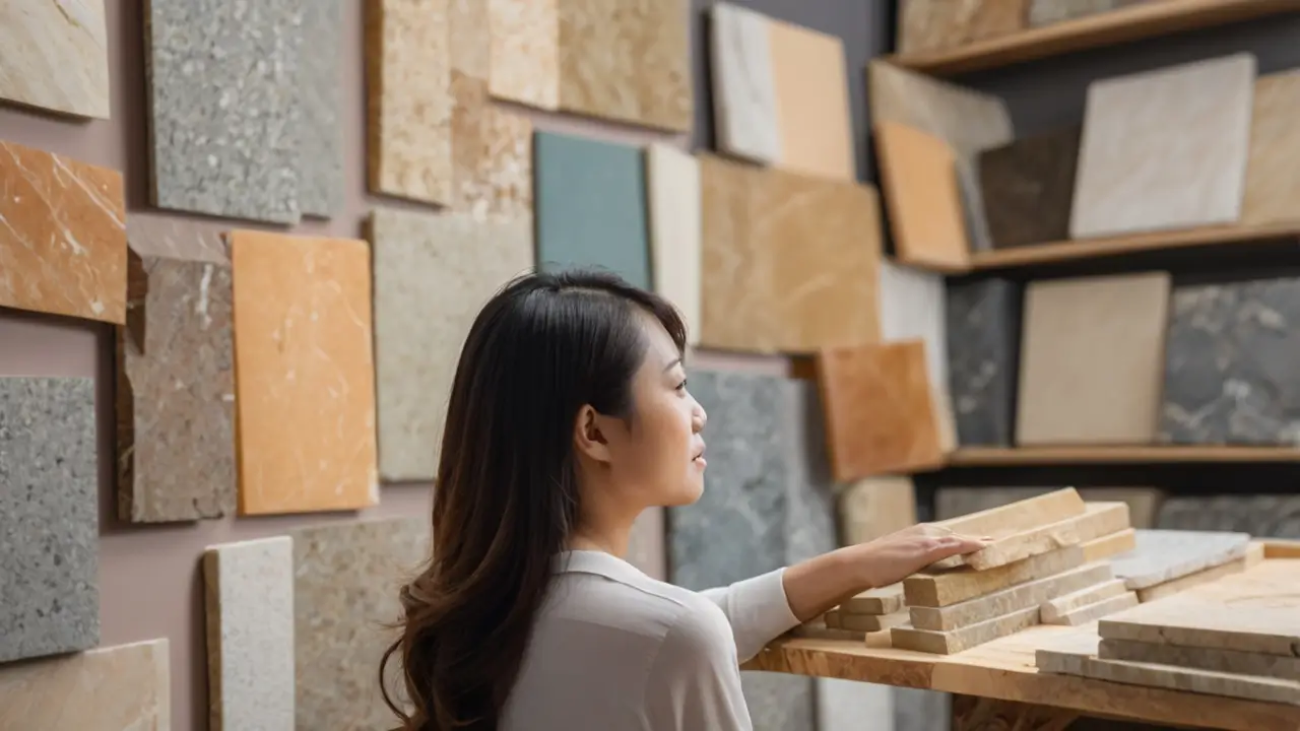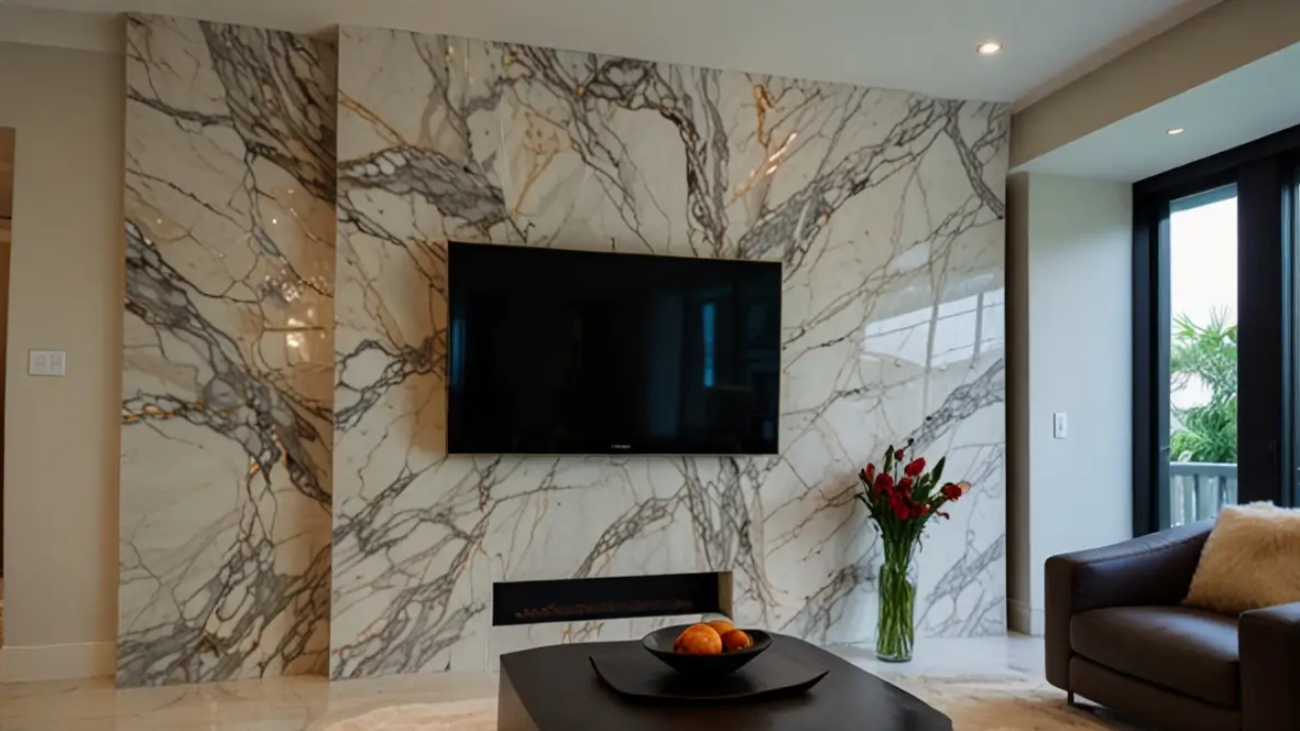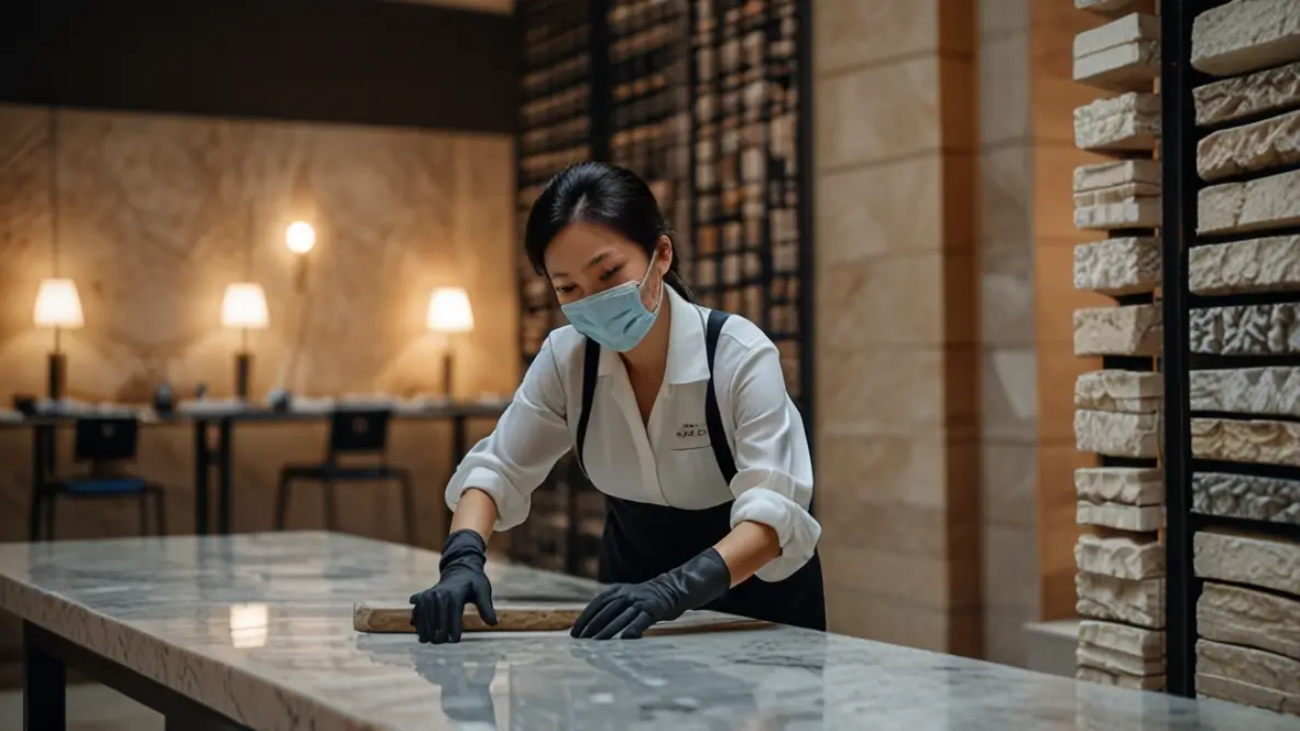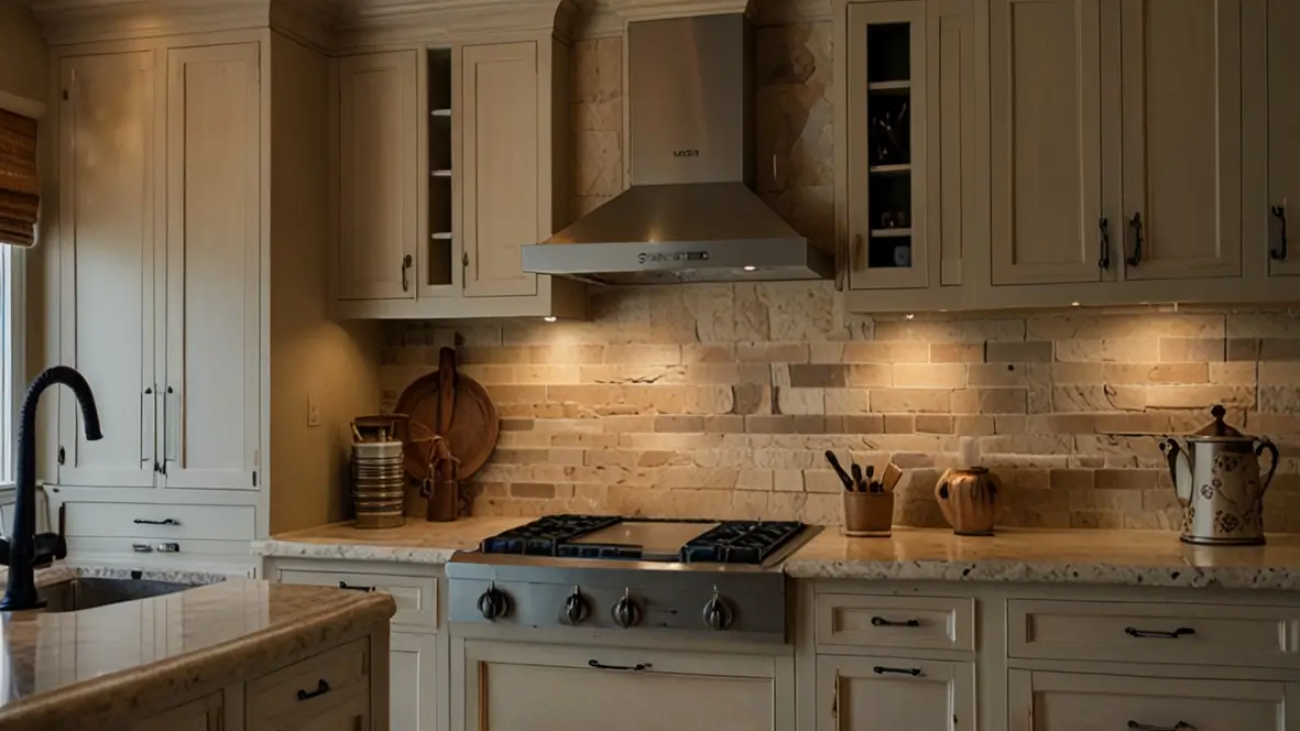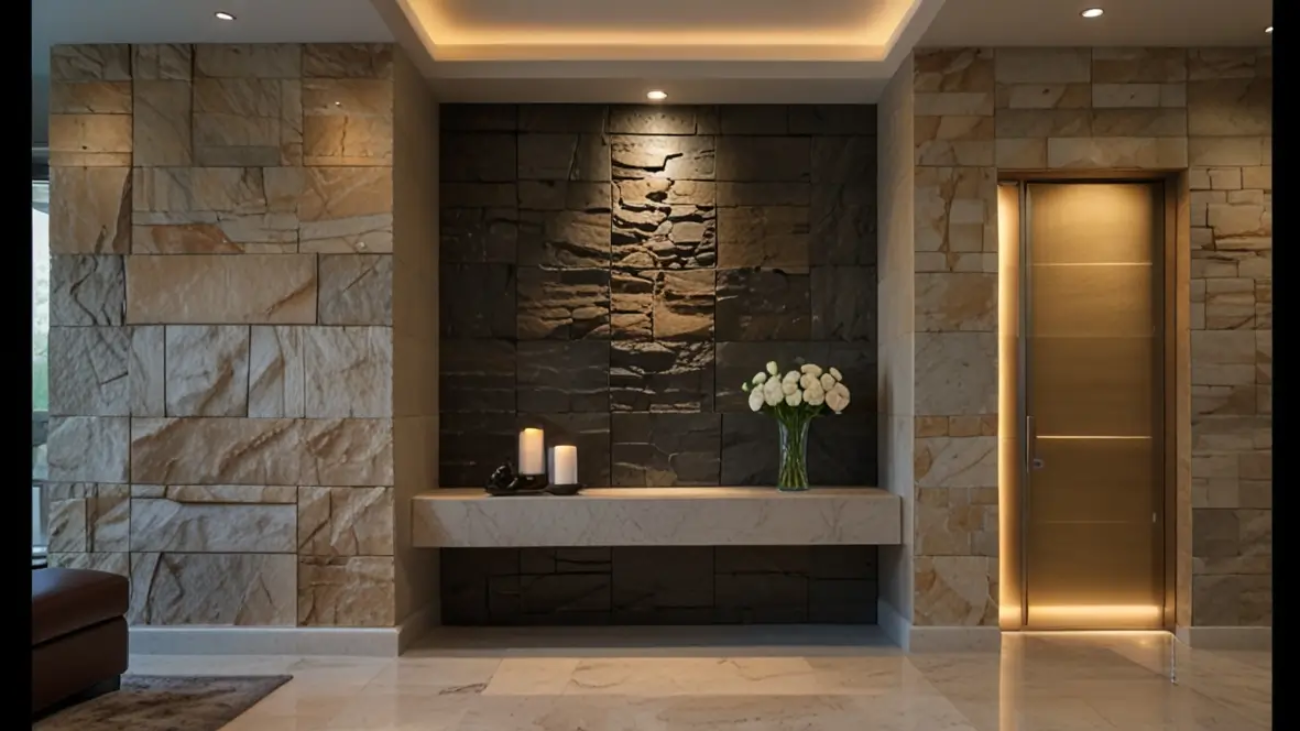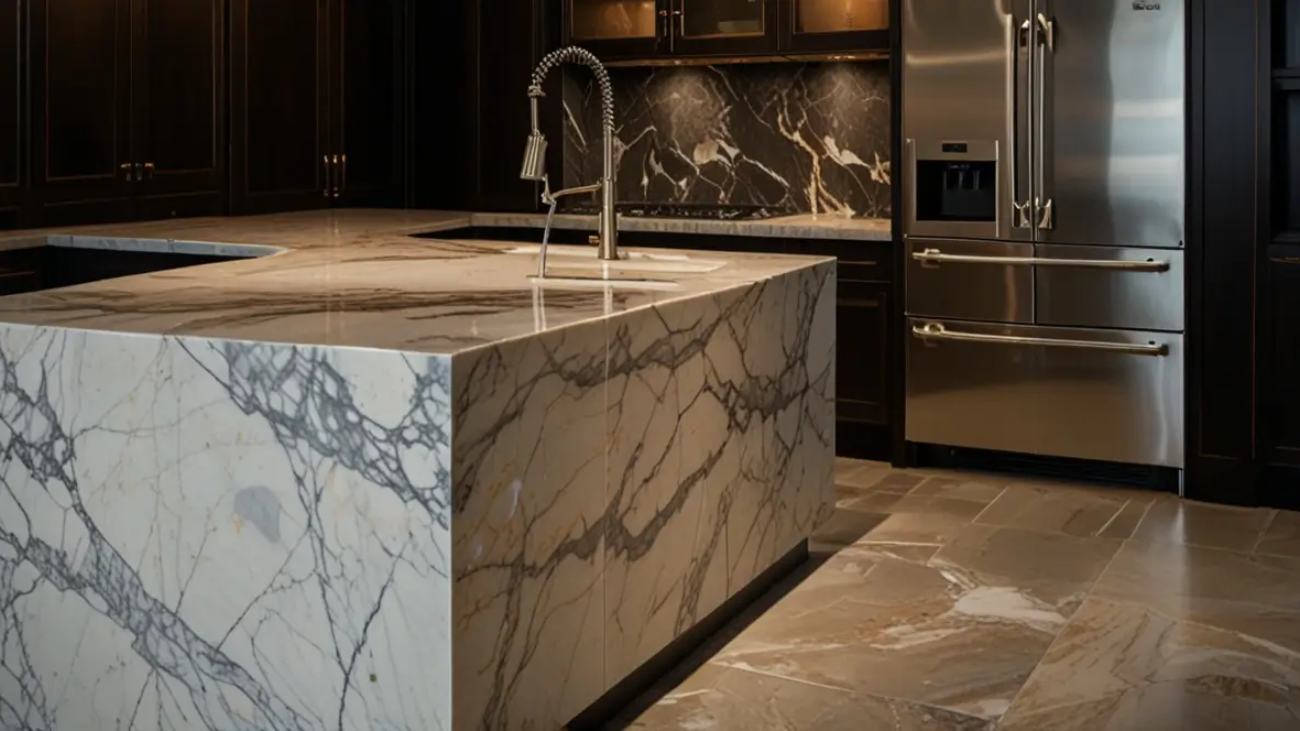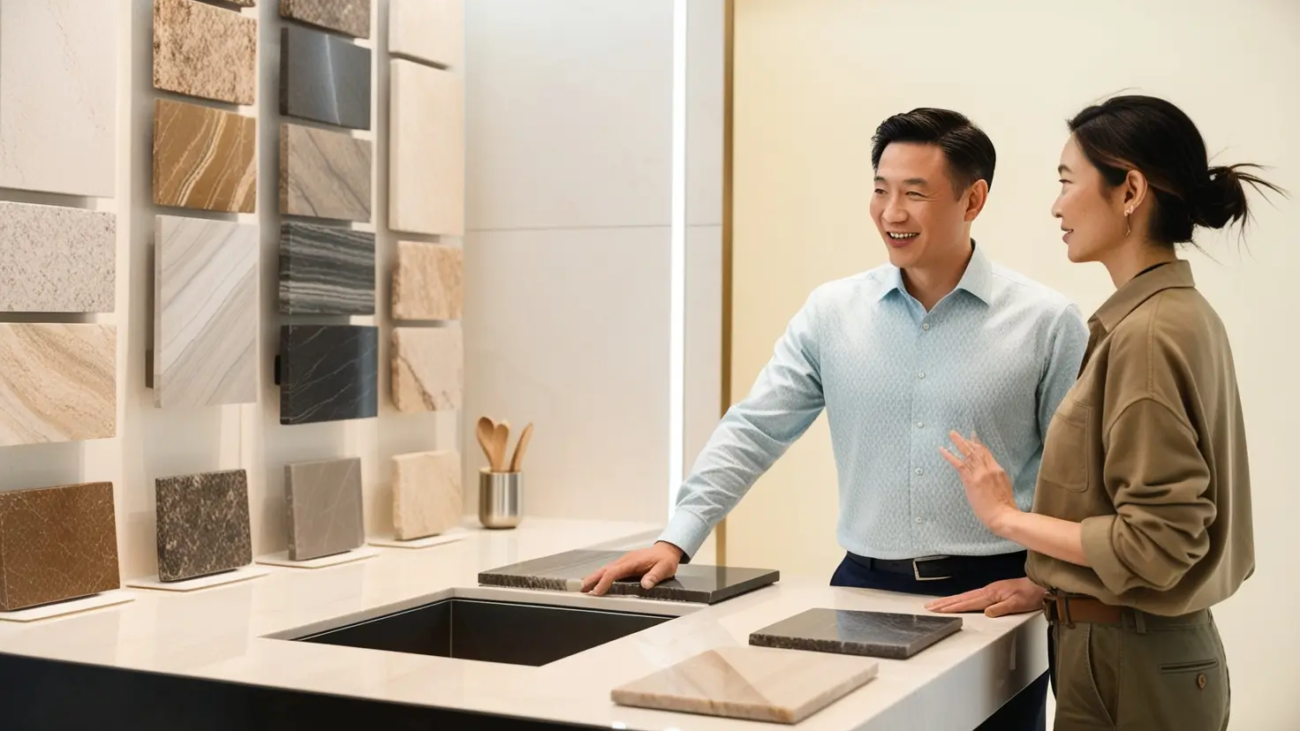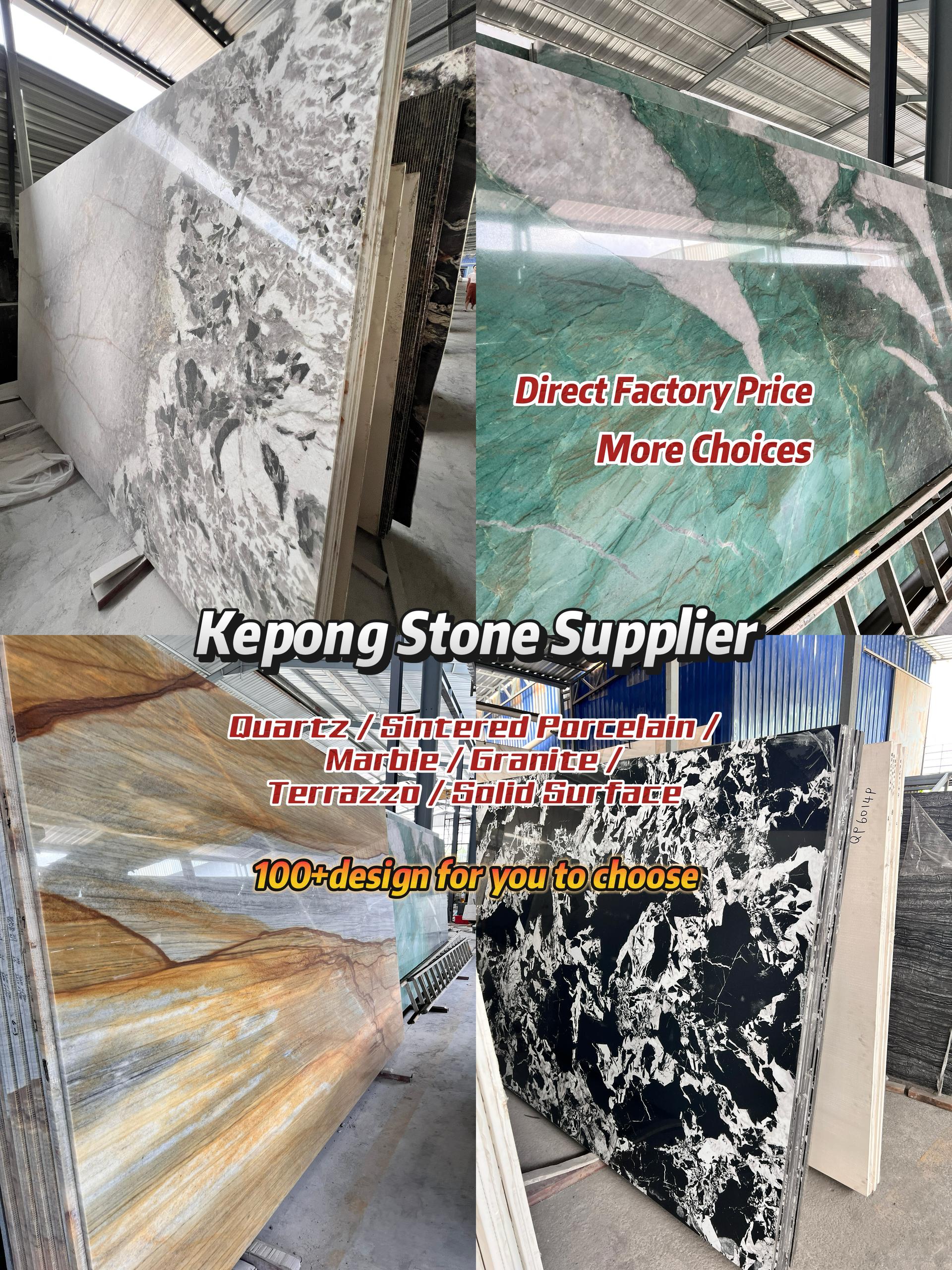
1. A Legacy of Craftsmanship – 19 Years of Stone Expertise
Our Journey: Honing Quality and Innovation
For 19 years, our company has symbolized unwavering craftsmanship in the premium stone industry. With a focus on Marble Quartz, our legacy is built on delivering over 100 unique stone designs through direct factory sales. Our journey began with a passion for precision and an innovative approach to material selection—from quartz to natural stone, granite, marble, and terrazzo. Every slab, especially our exquisite Marble Quartz, is meticulously crafted, ensuring durability, beauty, and high performance. By combining traditional techniques with modern technology, we continuously refine our processes and deliver superior products. This long-standing dedication builds trust among our clients and sets the foundation for further innovation in stone artistry.
2. An Impressive Stone Portfolio – Over 100 Designs to Choose From
Diverse Options Tailored for Every Vision
Our extensive portfolio features a dazzling array of options, including our signature Marble Quartz along with quartz, sintered porcelain, natural granite, and terrazzo. Each design is the outcome of creative innovation and rigorous quality control to deliver elegance and durability. We continuously introduce new textures and colors, ensuring that our clients have access to the latest trends while meeting the unique aesthetic demands of every project. Whether you’re revamping a kitchen, a luxury hotel lobby, or a commercial space, our diverse stone collection has the answer. Every product, particularly our advanced Marble Quartz, is designed to offer lasting beauty combined with unmatched resilience.
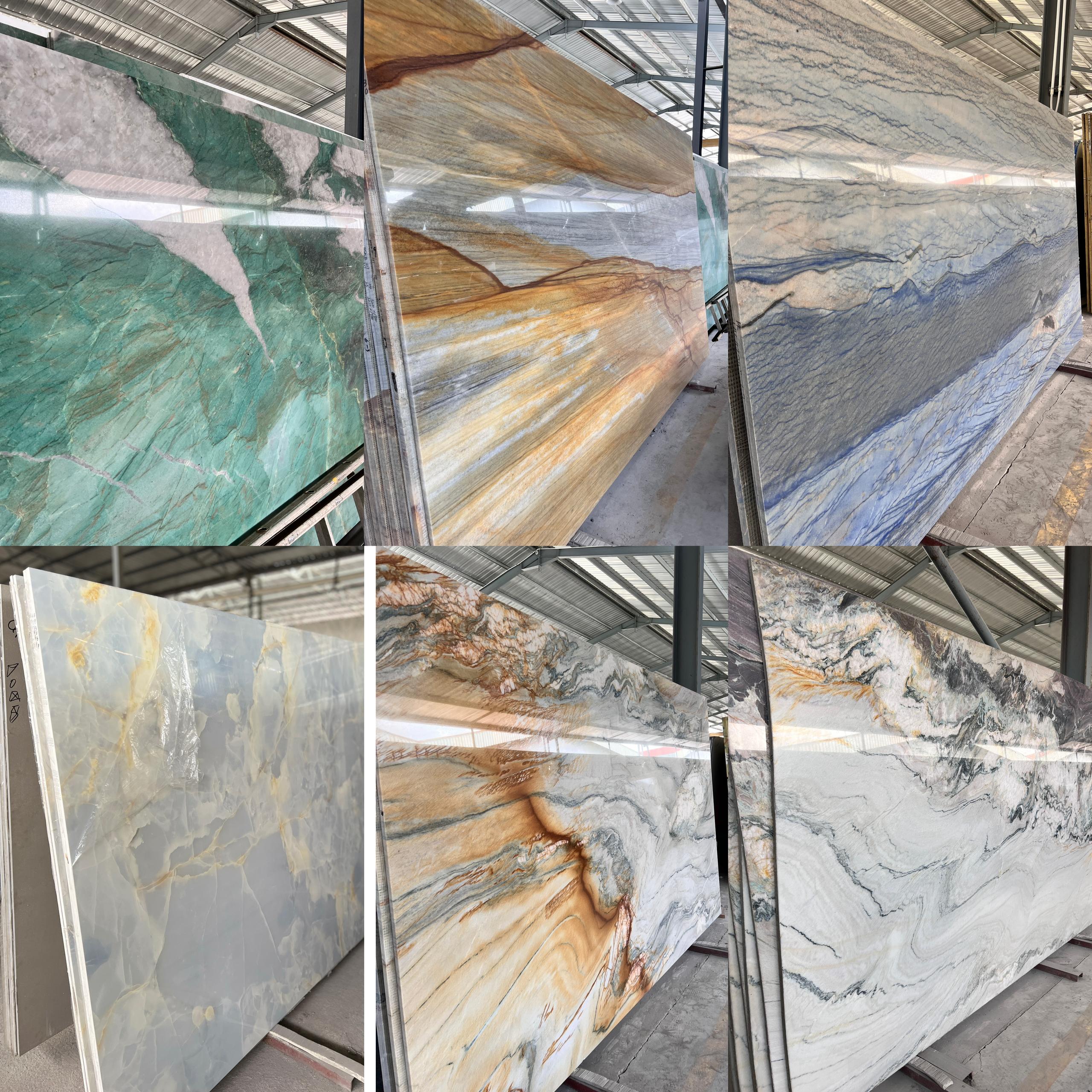
3. Signature Styles – Featuring Bulgari Black & Bulgari Purple
Exclusive Designs for the Discerning Client
Stand out with our exclusive signature patterns like Bulgari Black and Bulgari Purple, designed to make a dramatic impact on any space. These exclusive finishes are an ideal choice for those seeking a distinctive look, and they complement our refined Marble Quartz offerings. The deep, luxurious hues and intricate veining in these stones create a captivating environment that resonates with elegance and modern sophistication. Our design team carefully curates each pattern to ensure that it not only meets our rigorous quality standards but also provides a unique artistic statement. These exceptional surfaces are perfect for high-end projects looking to blend innovation with traditional beauty.
4. From Cut to Install – Full-Service Customization
Your Vision, Our Precision
We pride ourselves on offering a comprehensive service model that covers the entire process, from custom cutting to installation. This includes tailored solutions for Marble Quartz countertops, ensuring precise cuts that match your exact specifications. Our full-service approach allows clients to choose between a one-stop supply-plus-install package or separate services. With our experienced team managing every detail—cutting, polishing, and installing—we guarantee a seamless execution that meets the highest industry standards. This integrated approach not only minimizes hassle but also ensures that your final product is both flawless and enduring.
5. Complete Supply Chain – One Contact, One Solution
Streamlining Your Project from Start to Finish
Say goodbye to the complexity of coordinating with multiple vendors. Our vertically integrated supply chain ensures that every step—from raw material procurement to processing and installation—is managed by us. Our robust supply chain for products like Marble Quartz ensures seamless delivery and installation, reducing delays and guaranteeing consistency in quality. This streamlined process improves communication, reduces costs, and enhances overall project efficiency. With our one-contact solution, you can enjoy a hassle-free experience that meets rigorous quality control standards, ensuring that every project is executed swiftly and reliably.

6. Rapid Response – Fast Quotes, Faster Results
Speed and Efficiency that Set You Ahead
In today’s fast-paced world, rapid response is critical. We deliver detailed quotations within 24 hours and can process urgent orders in as little as 72 hours. Our agile and efficient system supports quick turnaround times for orders featuring premium materials like Marble Quartz. By leveraging advanced production technologies and expert logistics, we ensure that every inquiry and order is handled promptly. This speed enables you to begin your project without unnecessary delays, ensuring both timely delivery and outstanding quality. Our commitment to fast service underlines our dedication to customer satisfaction and competitive pricing.
7. Trusted by the Industry – Over 500 Successful Projects
Proven Excellence Across Multiple Sectors
Our reliability is proven by our track record of over 500 successful projects across hotels, luxury residences, and commercial spaces. Our Marble Quartz solutions have garnered acclaim for their exceptional durability and aesthetic appeal. Clients ranging from top-tier interior designers to renowned contractors trust us to deliver outstanding results. Our commitment to quality is reflected in a near-zero return rate and consistent positive feedback from all project types. These milestones reinforce our reputation as industry leaders who combine traditional craftsmanship with innovative practices to provide unmatched stone surface solutions that captivate and endure.
8. Flexible Cooperation Models – You Choose, We Deliver
Adaptability that Meets Your Unique Needs
We offer flexible cooperation models designed to suit every project, whether you need just materials, full-service installation, or processing on a contract basis. Our adaptability enables us to serve small-scale homeowners as well as large commercial developers. Our Marble Quartz offerings can be ordered through various models including pure procurement, contract manufacturing, or comprehensive design-to-install packages. This flexible approach fosters constructive collaboration, allowing us to craft personalized solutions that not only fit your design vision but also optimize cost-efficiency and project timelines.

9. Our Values – Commitment, Creativity, and Customer First
The Principles that Drive Our Success
Our company’s core values form the bedrock of everything we do. We are committed to delivering projects on time, fostering creativity through innovative design solutions, and always prioritizing the customer. By offering free samples and comprehensive technical consultations, we empower clients to make informed decisions about our premium Marble Quartz products. These guiding principles ensure that every interaction—whether in the showroom or on-site—is imbued with trust, transparency, and excellence. We continually invest in technology and training to maintain these standards, creating lasting relationships built on reliability and innovation.
10. Let’s Build Your Dream Surface – Contact Us Today
Elevate Your Interiors with Unmatched Quality
Your dream countertop is just a call away. Whether renovating a home or upgrading a commercial space, our comprehensive services—from design to installation—are designed to transform your environment. Our premium Marble Quartz products deliver a perfect blend of natural beauty and engineered strength, ensuring a sustainable upgrade that lasts for years. Our expert team is passionate about turning visions into reality, providing constructive advice and solutions tailored to your specific needs. Don’t wait to experience the excellence of our products—contact us now to begin your journey toward creating a space that truly reflects your style and standards.

FAQ
- What exactly is Marble Quartz?
Marble Quartz is a premium engineered surface that combines the beauty of natural marble with the durability and resilience of quartz. It offers a unique blend of aesthetics and performance, making it ideal for high-traffic areas like kitchens and bathrooms. - How does Marble Quartz compare to natural marble?
Unlike natural marble, Marble Quartz is less porous and more resistant to stains, scratches, and wear. Its engineered composition ensures consistent beauty and performance, offering advantages in maintenance and longevity without compromising on style. - Can I customize the size and design of my Marble Quartz countertop?
Absolutely. We offer custom cut-to-size solutions and personalization services that allow you to tailor your Marble Quartz countertop to meet your specific design and space requirements. Our flexible processes ensure that every detail is handled with precision. - What services do you offer for Marble Quartz projects?
We provide a full-service solution that includes supply, custom fabrication, processing, and professional installation. Whether you need just the material, processing-only, or full installation, we cover every aspect to ensure a seamless, hassle-free project from start to finish. - Can you handle large-scale commercial projects?
Yes, our extensive experience—having successfully completed over 500 projects in commercial spaces, hotels, and luxury residences—makes us fully equipped to manage large-scale Marble Quartz installations. We offer flexible collaboration models to meet diverse project needs and deadlines. - Can I order a custom cut for my specific countertop dimensions?
Yes! We specialize in precise, custom cut-to-size services to fit your exact project requirements. - What makes your Marble Quartz products so durable?
Our Marble Quartz is engineered using advanced techniques and high-quality materials to ensure superior durability. Combined with stringent quality control measures at our own factory, our products are designed to withstand daily wear and tear while maintaining their exquisite appearance. - How long does it take to get a quote?
We typically provide quotations within 24 hours. For urgent projects, we can process orders in 72 hours. - Do you offer installation services?
Absolutely. We provide full installation services or installation-only options if you supply your own materials. - Can I see a sample before placing an order?
Yes, we offer free samples and technical consultation to help you make informed decisions. - What’s the minimum order quantity?
We are flexible! Whether it’s a single slab or a large volume order, we can accommodate your needs. - Why should I choose your Marble Quartz solutions for my project?
Our premium Marble Quartz combines aesthetic beauty with unmatched durability. With 19 years of experience, a comprehensive supply chain, and a commitment to customer-first service, we ensure that you receive the highest quality product along with personalized, transparent, and innovative service throughout your project.

